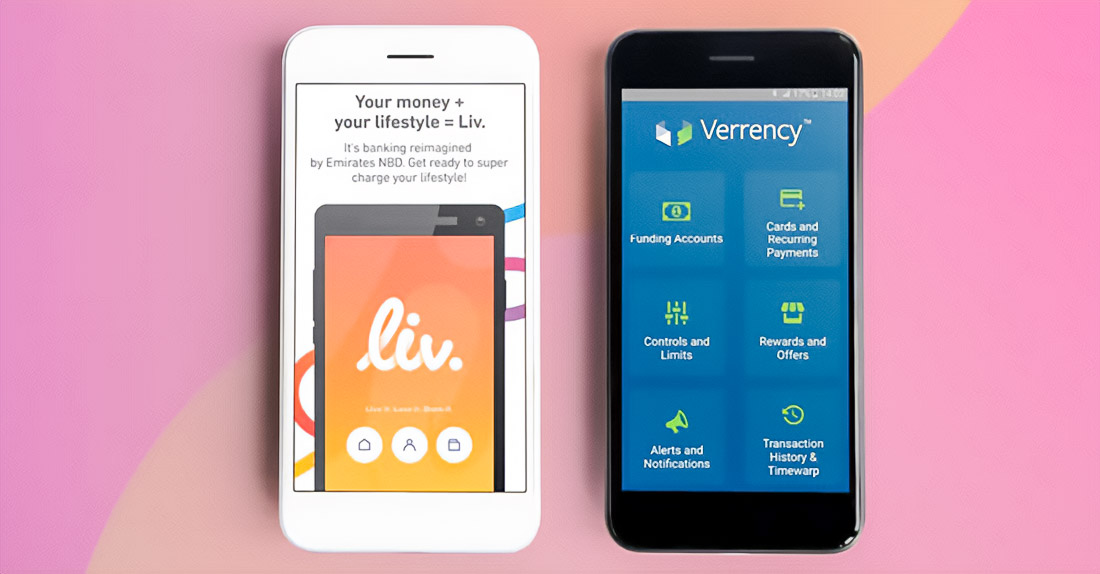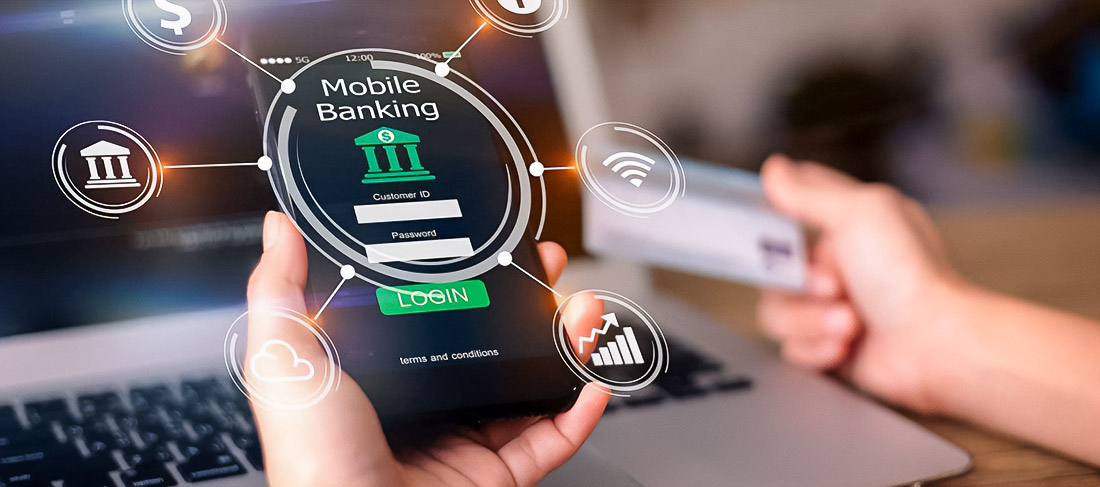
Experiment with High-Yield Savings Accounts
High-yield savings accounts are powerful tools helping you earn more on your savings. Banks and credit unions offer them attractive interest rates, which can be 2-3 times higher than on standard accounts. For example, a typical rate on regular accounts is less than 1%, while high-yield accounts can offer rates up to 3% or 4%. However, it is worth considering that to open such accounts, an initial deposit of 10,000 rubles may be required, and the withdrawal limit may be, say, six transactions per month. This allows clients to significantly increase their income but requires stricter fund management. For more information on profitable investment options, check out best investment in UAE.
Impact of high-yield savings accounts on your credit rating

Positive effects
- Increase in financial safety cushion: Comparisons show that clients with larger savings receive more favorable credit conditions. This is due to the fact that having excess funds in a high-yield account indicates your solvency and financial stability.
- Reduction of debt burden: Additional income received from interest can be directed towards debt repayment. For example, a monthly income of 5,000 rubles from such accounts allows you to pay off a credit card twice as fast. This improves the debt-to-income ratio — a critically important indicator in assessing credit rating.
Negative effects
- Improper fund management: Regular withdrawals to cover current expenses can lead to financial instability. If you spend more than 50% of your account funds monthly without replenishing them, creditors may doubt your ability to manage finances.
- Payment obligations: If you have more than 100,000 rubles in your account but at the same time do not repay small loans, this may raise concerns among banks about the prioritization in your budget.
How credit agencies consider your savings

Most credit agencies do not include savings accounts in the credit report directly. However, there are exceptions. In some cases, if your savings are used to improve your creditworthiness, they can indirectly affect your rating. For example, borrowers who use 20% of their account interest for mortgage repayment often receive a better overall opinion in the eyes of creditors.
How to choose and use high-yield savings accounts for maximum benefit

- Compare offers: Study the conditions of dozens of banks to find the optimal interest rate and minimum deposit requirements. Accounts with an interest rate higher by 1% with an investment of 50,000 rubles will give an additional income of 500 rubles per year.
- Plan withdrawals: Clearly think through the necessity of using funds, limiting withdrawals to 2-3 times a month. This will avoid penalties ranging from 200 to 500 rubles for each extra transaction.
- Use interest wisely: Direct income from the account to reduce debt or increase your reserves. For example, additional income sources can be developed by investing funds in high-yield stocks or investment projects.
- Monitor conditions: Constantly check your accounts, as banks may change conditions without notice. Pay special attention to changes in rates in connection with market fluctuations.
Learn more about credit scores
Real examples of savings management and their impact on credit rating

Hypothetical scenario 1: Successful investment and rapid stabilization
Marina opens a high-yield account with an initial balance of 500,000 rubles. She plans to use the income from interest for monthly partial mortgage repayment. Thanks to this, Marina reduces the overall mortgage repayment term by 2 years and improves the debt-to-income ratio by 10%. This positive financial behavior leads to an increase in her credit rating by more than 50 points within a year.
Hypothetical scenario 2: Mistakes in financial management and their consequences
Alexander faces unforeseen expenses and starts regularly withdrawing funds from the high-yield account to cover current needs. The number of withdrawals exceeds the permissible number by 4 times, leading to penalties of 1,000 rubles per month. Such actions are perceived by creditors as a sign of financial instability, and his credit rating begins to decrease at a rate of 30 points per quarter.
Possible risks and ways to minimize them
- Change in interest rates: Banks may not warn about this in advance. Risks can be avoided by choosing accounts with fixed rates or regularly comparing offers from all major banking institutions for a timely transition to more favorable conditions.
- Liquidity: Limited number of withdrawals can be an inconvenience in sudden financial difficulties. It is recommended that a reserve fund with quick access be created to cover such situations.
- Inflation: High inflation can significantly reduce the real yield of your deposits. It is necessary to diversify investments by investing part of the capital in instruments with higher returns, such as bonds or stock markets, especially in stable economic conditions.
Learn more about savings accounts
Proper use of high-yield savings accounts contributes to the growth of your savings and the improvement of your credit history. It requires a clear approach, regular monitoring, and measured decision-making. Following these recommendations allows for maximizing cash flows and minimizing potential financial risks.
Skateboarder, tattoo addict, fender owner, Swiss design-head and RGD member. Acting at the intersection of minimalism and sustainability to craft experiences that go beyond design. Let’s design a world that’s thoughtful, considered and aesthetically pleasing.

High-yield savings accounts are powerful tools helping you earn more on your savings. Banks and credit unions offer them attractive interest rates, which can be 2-3 times higher than on standard accounts. For example, a typical rate on regular accounts is less than 1%, while high-yield accounts can offer rates up to 3% or 4%.…
